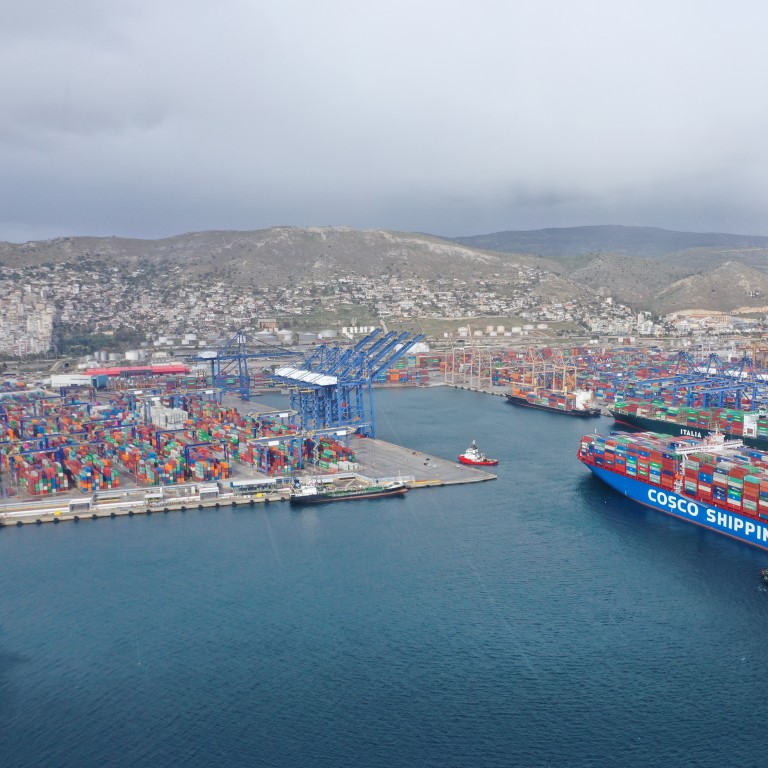
Figures reflect need for trade war deal
- Agreement will be far from being the end of US-China dispute, but will at least be a net positive for a slowing global economy
China’s latest trade data is like a wine bottle that can be described as either half full or half empty. Optimists will find plenty to like, but pessimists still have a strong case. No doubt more data in the coming months is needed to confirm a trend. Still, it is not unreasonable to argue that the worst may be over. Exports fell for a third month in October, but far less than anticipated by analysts. The modest decline gives hope that the downward trend has stabilised. However, imports continued to drop for the ninth month, reinforcing concerns that domestic demand is faltering. Beijing may need to further loosen its monetary policy to halt the domestic slowdown
Still, the decline in exports of 0.9 per cent is a positive surprise, compared to the 3.2 per cent drop in September. It comes with the prospect that the so-called phase one trade deal between China and the United States may lead to a quick reduction in some tariffs.
China’s October exports hint ‘stabilisation’ but ‘hard to be optimistic’
One reason is that Beijing’s flagship Belt and Road Initiative – designed to link China trade through the Middle East, Africa and Europe with investments and infrastructure projects – has helped diversify the country’s export profile. Export figures recorded for the US dropped by 11.3 per cent in the first 10 months of this year, but those for the European Union and the 10-member Asean bloc rose respectively by 5.1 per cent and 10.4 per cent.
Imports, though, remain a serious concern. They fell by 6.4 per cent in October, a smaller decline than the analyst consensus of 7.8 per cent and much lower than the 8.5 per cent slump in September. It was not as bad as anticipated, but still a significant fall.
Many hope an interim deal will help revive trade. But uncertainties hang over it as both sides have yet to finalise the details and set a date and location. Any meeting this month between two of the world’s most powerful presidents appears unlikely, although it is hoped that arrangements can be made before a new round of US tariffs set for December 15 of 15 per cent targeting US$160 billion of Chinese imports.
Such a deal is far from being the end of the trade dispute between the two countries, but will at least be a net positive for a slowing global economy.

